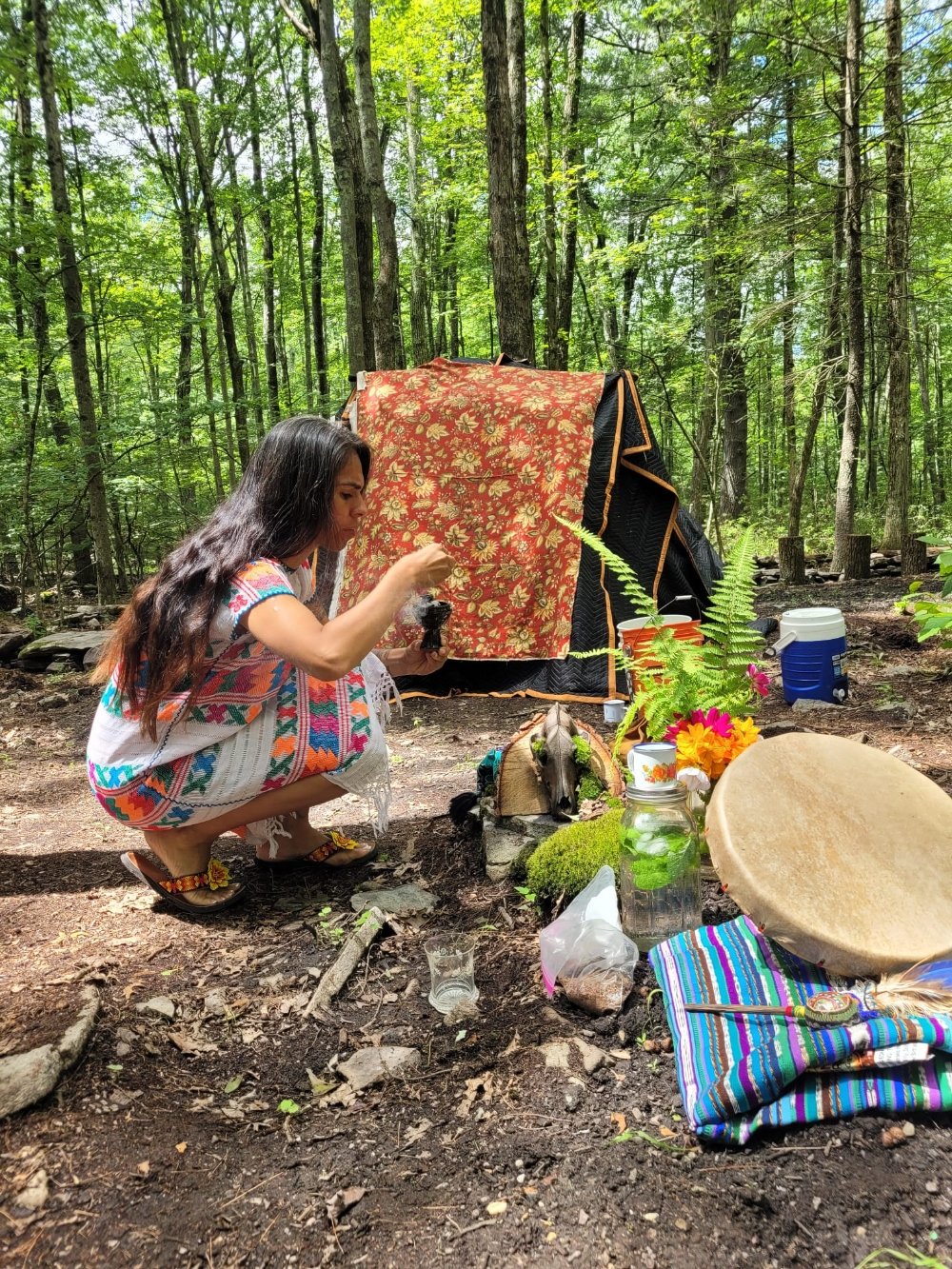
A local radio show offering survival tips for the impending climate collapse in rural New York, a public sculpture made of 3D coral models in Miami, and an app that magically winds stories by BIPOC and LGBTQIA+ authors into the user’s experience of walking natural trails around Philly.
These works by Dawn Weleski, Lauren Shapiro, and Swim Pony, respectively, are among 20 projects by women-identifying artists that have been selected to receive a onetime grant of up to $20,000, as part of the Anonymous Was A Woman Environmental Art Grants (AWAW EAG) program, administered by New York Foundation for the Arts (NYFA). A total of $309,000 has been awarded to fund their impact-driven environmental art projects.
Some 884 applications were reviewed by a judging panel that included artists like Mary Mattingly, jina valentine, Monique Verdin, and Minoosh Zomorodinia, as well as the architect Jessi Mueller. Although the recipients are all from the U.S. or U.S. territories, their projects are taking place across the globe, including Mongolia, Southern Iraq, Tierra del Fuego, and Belize.
Other significant forthcoming projects include Nehprii Amenii’s HUMAN, a puppet show that images a future in which humans are extinct but may be granted a second chance. The Migrant Forest School (MFS) will provide tools and space for immigrants to practice indigenous and Latin American traditions for the greater good of the planet. Children of NAN: a Survival Guide by Alisha B. Wormsley is a film that presents tutorials and survival skills for future Black womxn, while exploring their relationship to ritual, craft, and the natural world.
The AWAW EAG program was established last year with an initial cohort of 14 environmental projects. It is an offshoot of the Anonymous Was A Woman grant initiative, which has a long history of supporting women artists over the age of 40. It was founded in 1996 by the artist and philanthropist Susan Unterberg, who remained anonymous until 2018.
“This grant is proof that artists are eager to confront the practical and existential crises of our current moment,” she said of the latest selection. “This kind of work deserves much more attention and resources, far beyond what we can support through the EAG.”
“A study from the University of Wisconsin recently found that using art to convey climate change data is more effective at communicating environmental impacts and motivating change than the data alone,” she also noted.
More Trending Stories:
Here’s How Much Money U.S. Museum Directors Make—But a Growing Backlash Could Soon Change That
New Court Filings Show the Magnitude of Claims Being Made Against Disgraced Art Advisor Lisa Schiff